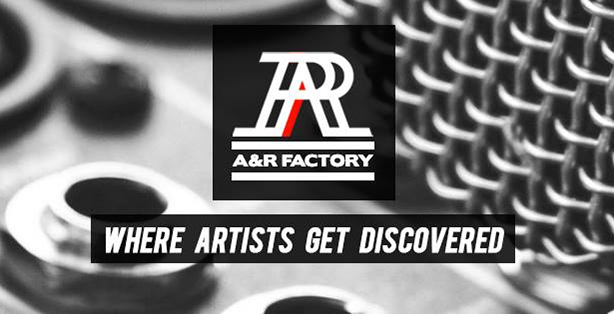Google’s search algorithm may be complex, but thankfully becoming a Search Engine Optimisation pro overnight isn’t necessary to push your music and official website to the top of search results. There are a few hacks for musicians to master to ensure their content sits higher on search listings. This article will briefly introduce you to how SEO works before highlighting the most effective ways to ensure your official website or main online domain ranks higher in internet searches.
While there are a few technical aspects to SEO, such as ensuring your website runs as fast as possible and your pages are mobile-optimised, this article will predominantly on on-page SEO tips, which you can use to improve your visibility, and do what seems like an impossibility in 2023; stand out as an artist.
What is SEO?
In short, Search Engine Optimisation improves the visibility of a website by moving it to the top of the Google search results by using a set of practices which let Google’s algorithm know that your page is the most relevant and reliable.
Google, along with other search engines, such as Bing, use bots to collect information by trawling websites to find the most helpful content to put in front of people keying in keywords into a search bar. So, for example, if someone searches for your band or artist name, the sites with the best SEO and most relevant and reliable information will appear on the first page of Google. In addition to relevant content, other factors, such as keywords, images, text length and metadata feed into the algorithmic equation.
If you run your websites on WordPress, you will benefit from the SEO analysis tool, which runs on an easy-to-decipher traffic light system to let you know what you are doing right on your pages and what needs improving – no guesswork required!
The WordPress SEO ranking factors include
- An even distribution of key phrases throughout the text
- Key phrase in the introduction
- Text length
- Meta Description length
- SEO title length
- Whether there are any images on the page
- Internal links to other pages on your website
- Links to other reputable websites
How Musicians Can Improve the SEO of their Sites: 5 Simple Steps
-
Make Your Band Name the Title of the Homepage
By making your band name the title of your homepage and including it in the meta title, you will send a strong signal to Google’s bots that your site is a good match for anyone searching for your band name.
-
Choose the Right SEO Keywords
Using your band name as a keyword on your website is a fairly obvious starting point. To up your SEO game even more, consider what your fans might also search for. For example, that may be:
- your band name discography
- your band name lyrics
- your band name albums
- your band name merch
- your band name tour
- your band name videos
- your band name songs
- your band name & hometown
Once you have decided on your keywords, distribute them evenly throughout your content on the relevant pages, but beware of keyword stuffing; Google’s algorithm can detect it a mile off, and you will be downranked for it. The SEO tools on WordPress can check your keyword distribution for you; alternatively, you can use a free keyword density checker.
-
Create High-Quality Content
Content is key for Search Engine Optimisation; without it, there is nothing for the search engine to trawl. One of the best ways to fill your site with content is by creating an on-site blog. However, not every independent artist has time for this. Time-pressed artists can always rely on
- An in-depth artist bio
- Press quotes
- Links to your music on streaming platforms
- Available merch
- Past and upcoming tour dates.
- Music Videos
- Images with meta-data
To inform Google’s algorithm that your site is the ultimate resource hub, update your website as frequently as possible.
-
Optimise Your Meta Descriptions & Title Tags
The meta description is the short paragraph of text you see on search engine results under the meta title. In addition to being visible to search engine users, it is also fuel for Google’s algorithm. Keep it concise, and ensure it summarises the content on your website. As a rule of thumb, keep it to 120 characters; 60 characters shorter than the upper limit for a tweet.
Once you have written your meta description, ensure the title tags and meta descriptions for each page of your site are customised and relevant. For additional SEO brownie points, organise the text on each page with h1 & h2 header tags, customise the URL name for each page and add alt-text to every image you upload.
-
Gather and Utilise Backlinks
A great review, interview, or any other kind of feature from a credible source can also aid search engine optimisation if you embed the links to those to your website.
The more reputable and trustworthy the source is, the better a backlink will be for SEO. If you haven’t been blessed by a review from the likes of NME or Kerrang, not all is lost; until those roll in, you can link to all your socials and wherever you happen to have a presence – just make sure that all links are relevant. Alternatively, submit your music to A&R Factory for a backlink-able review!
Article by Amelia Vandergast




No Comments